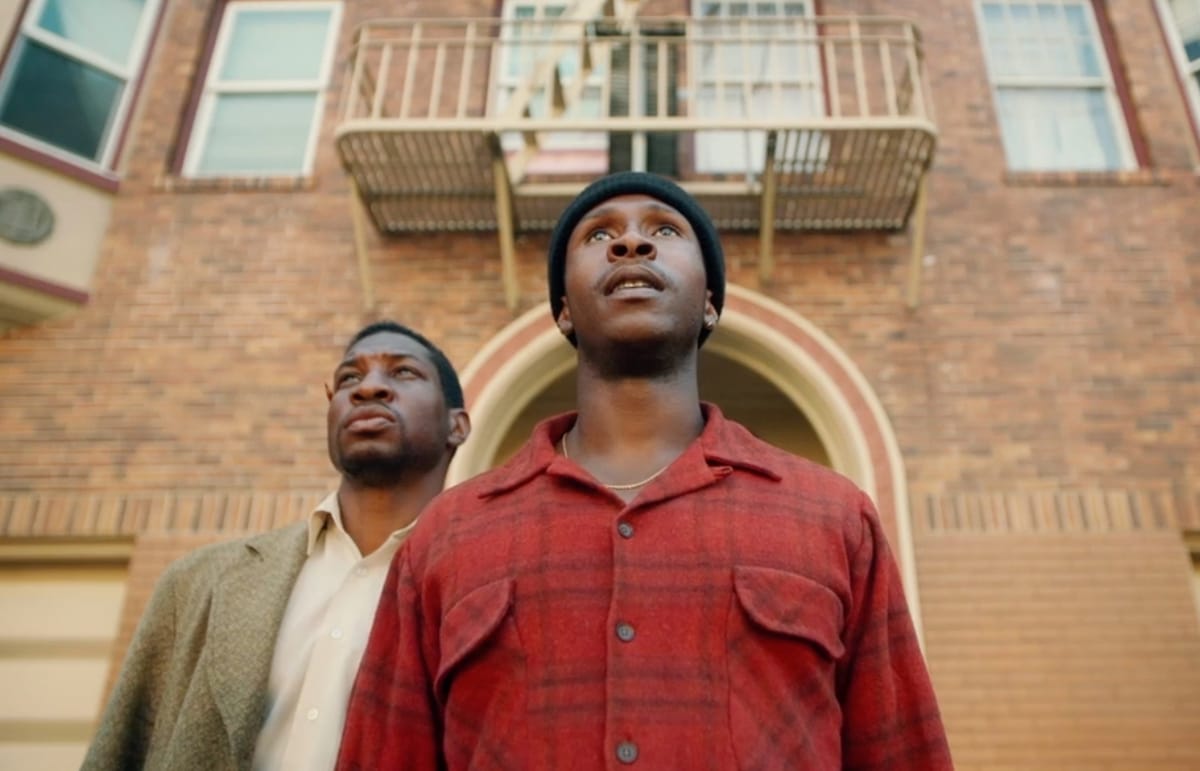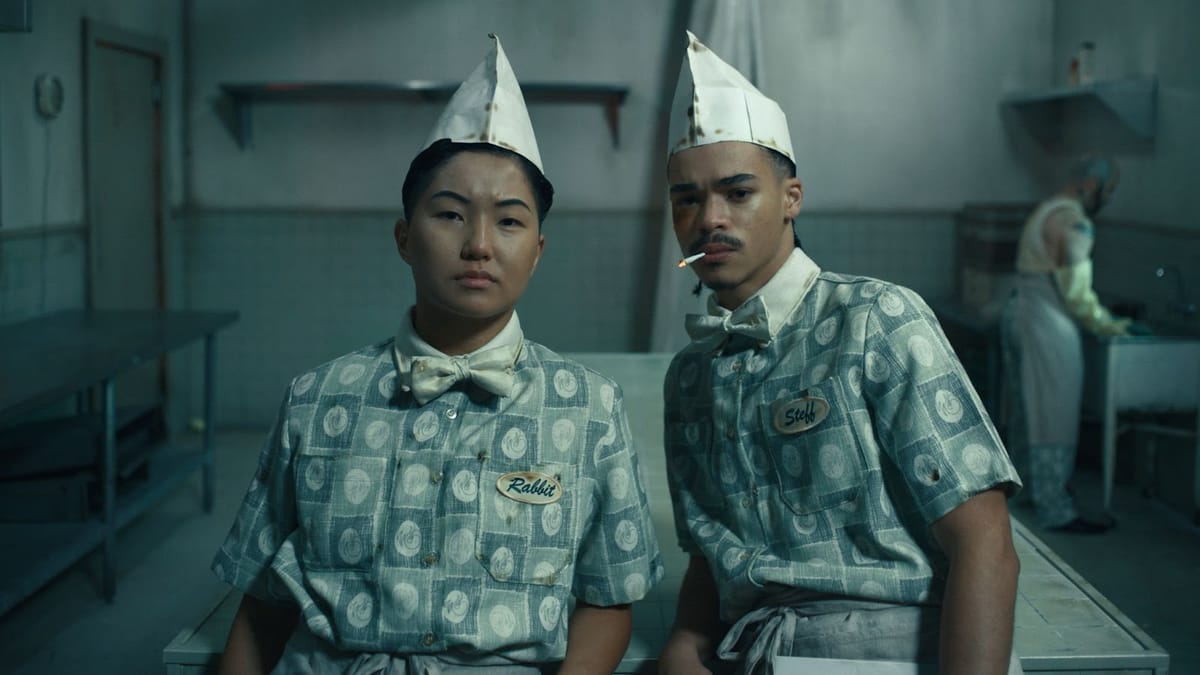8 Techniques Every Filmmaker Must Know
Embark on your filmmaking journey equipped with techniques that can transform your project from good to great.
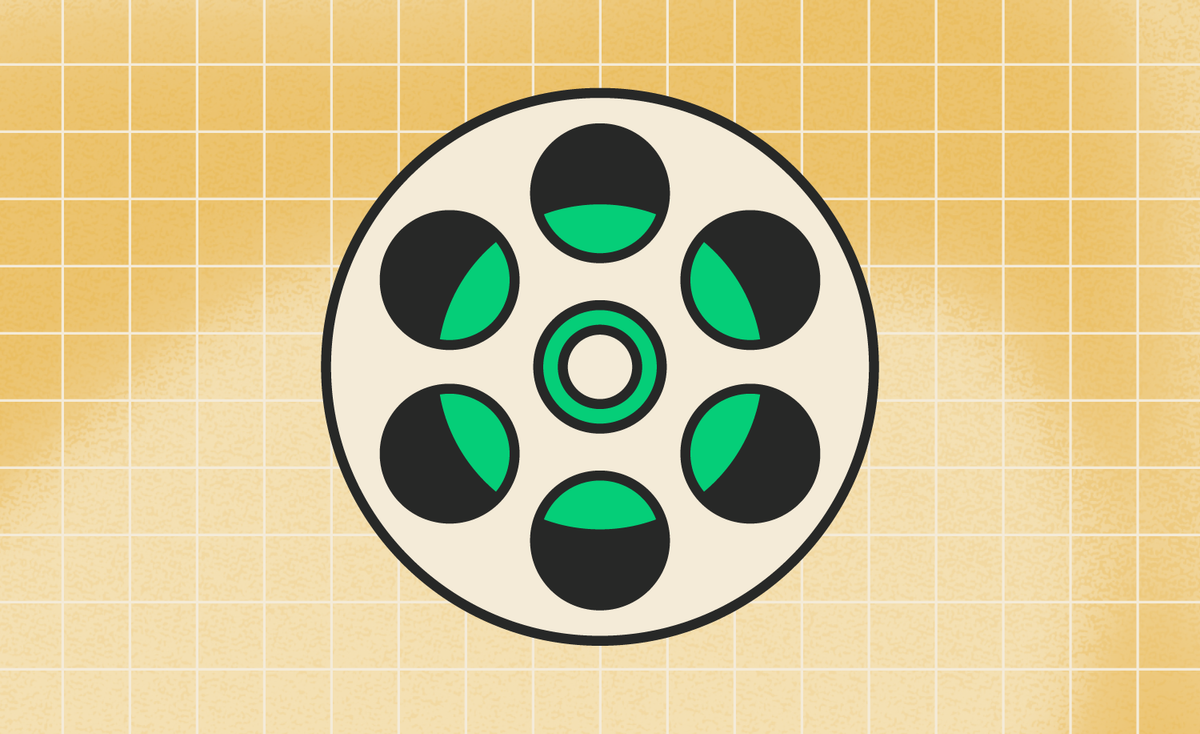
Embarking on any film project can be both thrilling and challenging, offering an opportunity to showcase your creativity and storytelling abilities. At Kickstarter, we're all about empowering creators like you to bring your stories to life with clarity, impact, and ingenuity.
So, we've put together a list of eight filmmaking techniques to help you capture your brilliant ideas and create a film that's both tantalizing and unforgettable. Regardless of what career stage you’re at, apply these methods when telling your story, and you’ll produce visual material that really hits home.
Learning the Basics
Camera angles can evoke suspense, tension, or intimacy, while lighting sets the mood and creates a sense of atmosphere. Sound effects and music heighten a scene's emotional impact, and expert editing will give a film its pacing and rhythm.
All of these elements work together to transport us to new worlds, connect us with characters, and leave us feeling moved and inspired. When you take the time to understand the fundamentals, you can express your ideas more clearly and effectively, making for a higher-quality production.
Even better, you make the most of your resources, time, and funding.
8 Filmmaking Techniques You Should Know
Technique 1: Storyboarding
Storyboarding involves creating a series of sketched panels or frames that visually depict the essential moments of a film, shot by shot. A storyboard serves three purposes:
- Plan and clarify: This helps you visualize the flow of the story and identify any potential pacing issues and logistical challenges.
- Communicate your vision: Your vision serves as the bridge between the director, cinematographer, and other key crew members.
- Inspire funding: A well-crafted storyboard can provide potential backers with a clear understanding of the look and feel of your film. If you're launching a campaign to create a film, showcasing your vision for the film through a storyboard can be an effective way to attract pledges as it displays your overall vision.
To storyboard, start by breaking down your script into critical moments, sketching them in panels focusing on composition, setting, framing, and camera movement. Clarity and story coherence are critical, and notes on mood or camera angles are helpful.
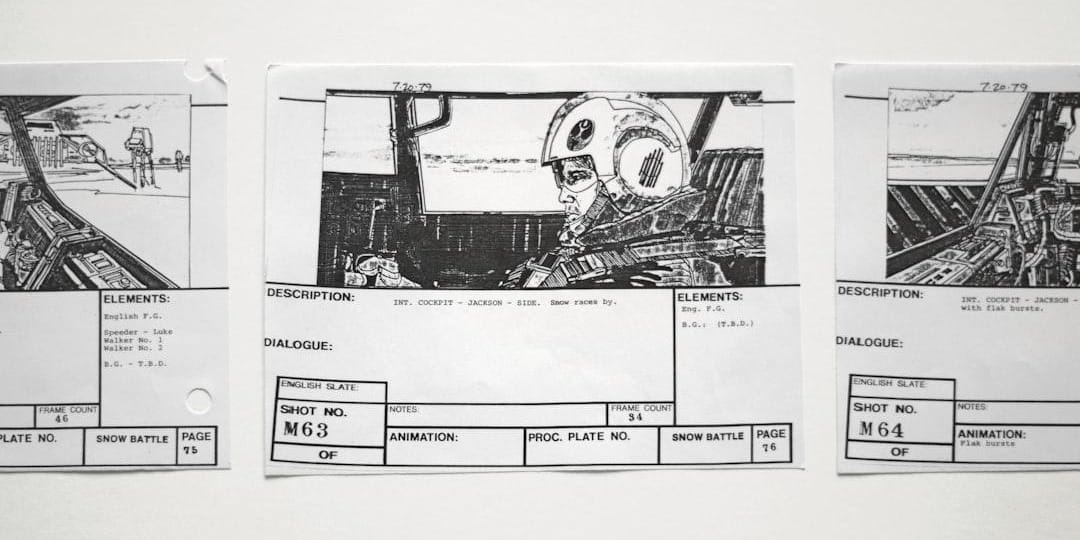
Technique 2: The Rule of Thirds
Have you ever noticed how some movie scenes are more visually appealing? This is often due to the rule of thirds.
Imagine a tic-tac-toe board on your screen. The rule of thirds suggests placing your main subjects (like your actors) along the intersecting points or lines. This creates a more natural and visually engaging composition, guiding viewers' attention.
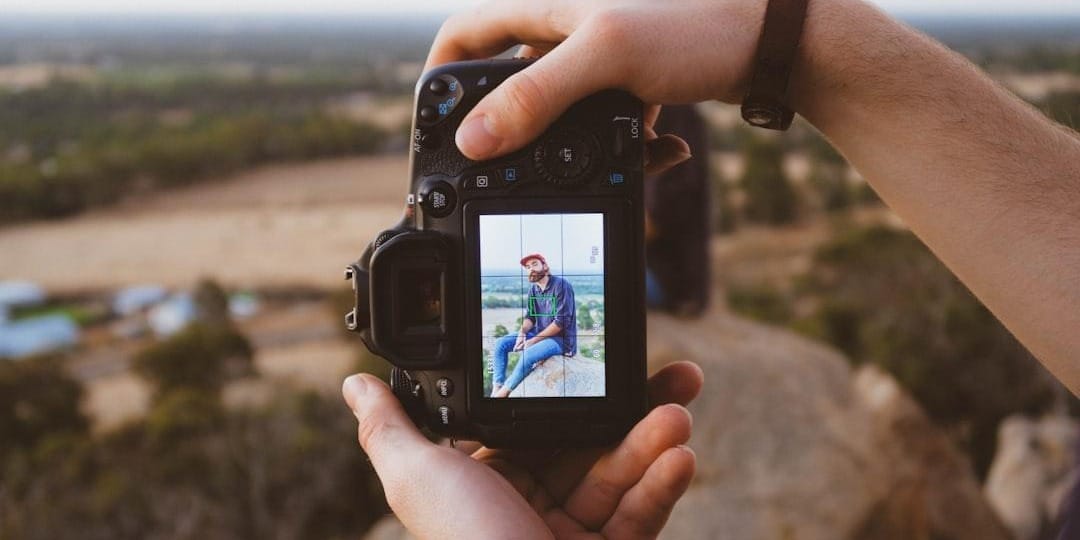
Technique 3: Lighting
Good lighting can make or break a scene. It sets the mood, and can really help to bring out the emotions you're trying to convey.
There are three lighting techniques to master:
- High-key lighting is best for scenes meant to evoke a clean, optimistic mood. Using multiple light sources can eliminate harsh shadows and create a sense of brightness. Many filmmakers also use softboxes to create a more natural look.
- Low-key lighting is best reserved for dramatic scenes that involve suspense. The key is to let shadows dominate the frame. You can use a single source of light to create a moody, dark atmosphere, focusing on deep shadows.
- Soft lighting is the go-to for big close-up shots. It creates a natural, balanced look. Many filmmakers use natural light for this effect, such as windows or bounced sunlight, although some opt for diffused lighting.
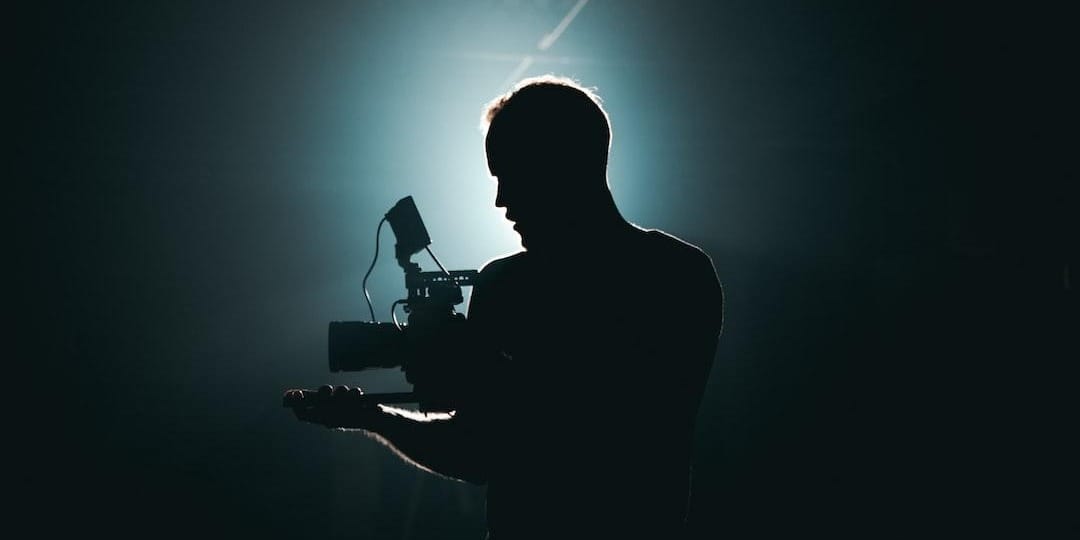
Technique 4: Camera Movement
Dynamic camera movement is a powerful tool that can breathe life into your film.
Here are some must-know camera techniques to elevate your film—and impress that one friend who insists on calling every camera movement a "pan":
- The tracking shot: Imagine a scene where a character walks down a bustling street. A tracking shot keeps the camera moving alongside them, using a dolly or other tracking system. This technique draws the viewer into the character's world.
- The dolly zoom: Also called the Vertigo effect in honor of Alfred Hitchcock's iconic film, this technique combines a dolly movement with zooming the lens. When done correctly, the background zooms out while the subject remains focused, creating a feeling of disorientation.
- The reverse shot: The classic reverse shot sequence cuts between two characters engaged in conversation. Instead of static portraits, try subtle zooms or tilts to add dynamism and reflect the conversation's emotional flow.
Remember, camera movement should serve the story and guide the audience's eye in a way that static shots simply can't.
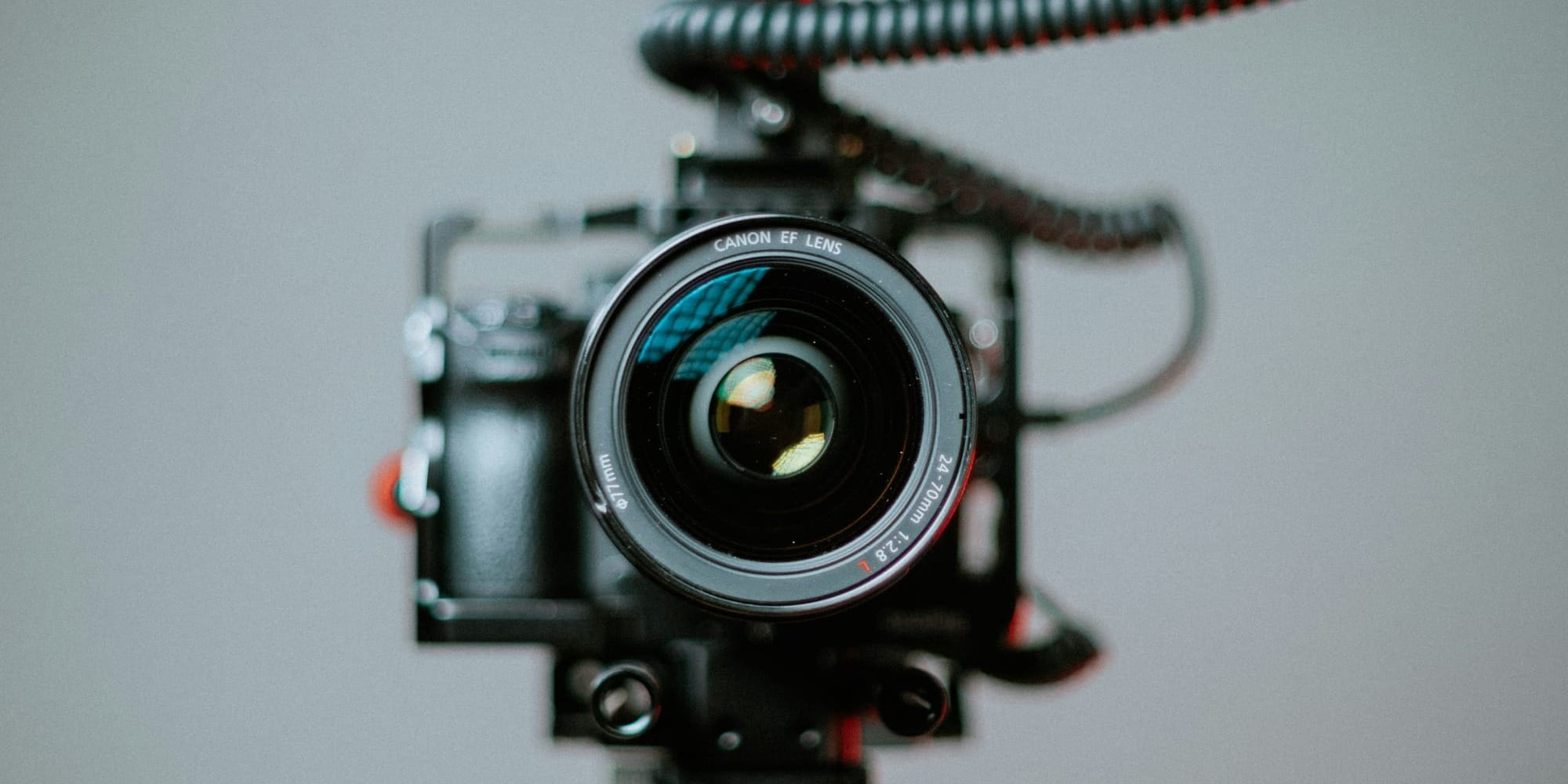
Technique 5: The 180-Degree Rule
Filming a conversation scene? The 180-degree rule is your friend. It helps maintain a clear spatial relationship between characters and their environment.
Think of an imaginary line established between two characters having a conversation. The camera should stay on one side of this line throughout the scene, ensuring the characters remain positioned consistently within the frame (e.g., one on the left, one on the right). This is especially important for scenes that don't use split screens, where maintaining the 180-degree rule avoids confusing spatial jumps.
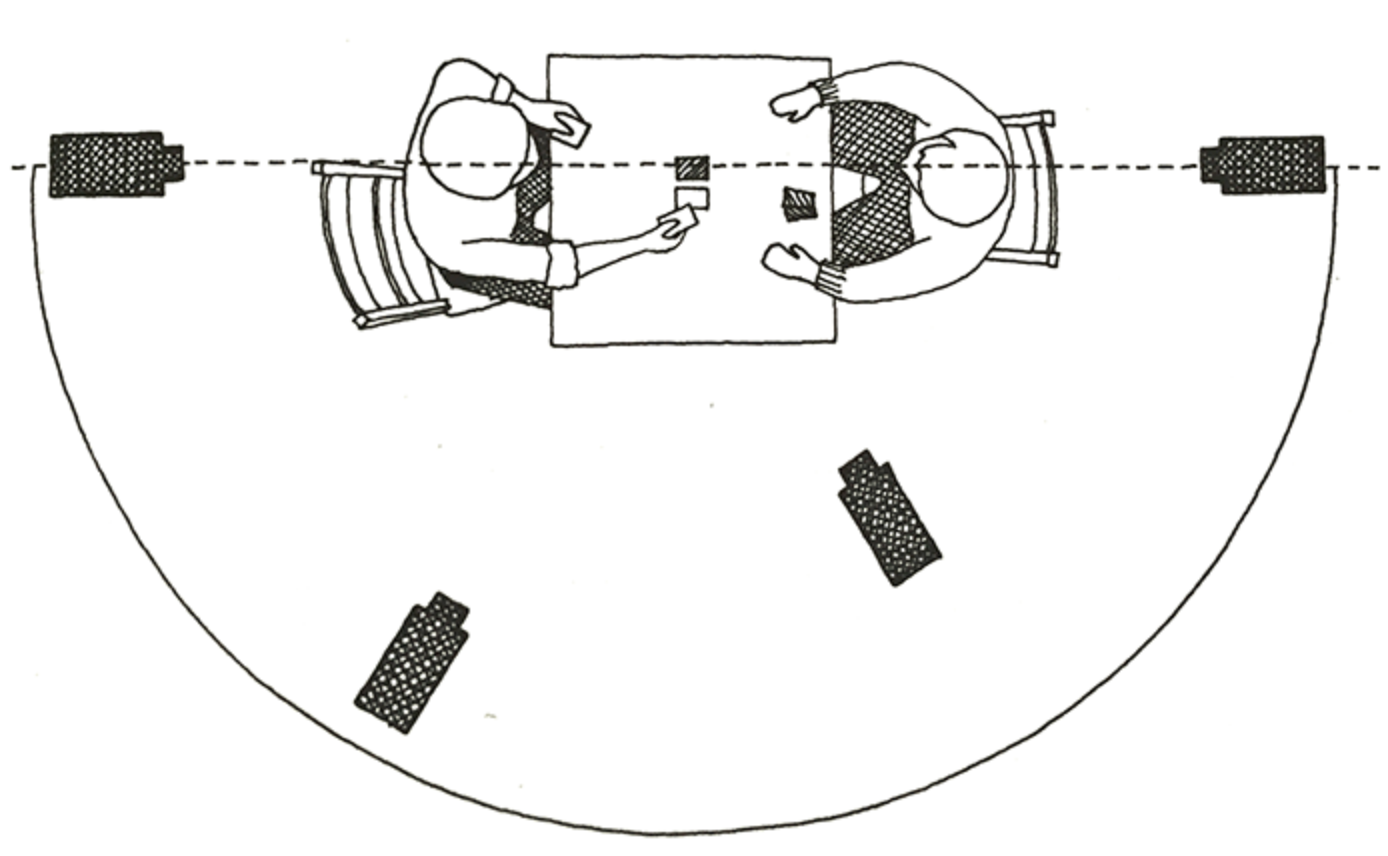
Technique 6: Depth of Field
Have you seen a movie scene where the character is in sharp focus, but the background is all a blur? Or how about a wide shot where every image on the screen—from the foreground to the background—is crystal clear? Both examples rely on the film technique called depth of field—the portion of your image that appears sharp.
You can create your desired depth of field by adjusting your camera's aperture. Adjusting the depth of field helps you control your audience’s attention and makes for more elegant shots.
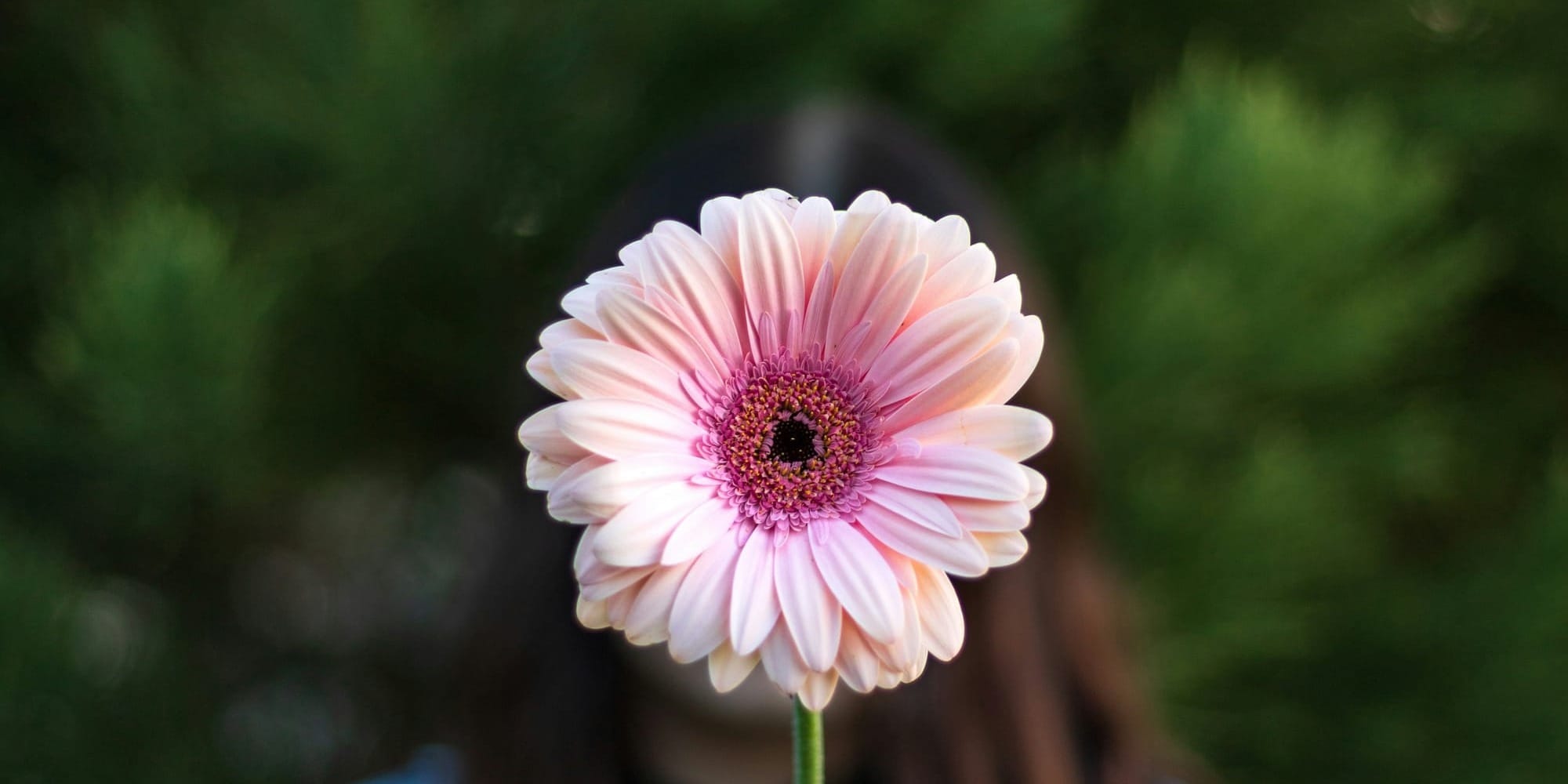
Technique 7: Color Grading
Color in film is not just about making things “pop” on screen—it can go so far as to tell the story all on its own. Some filmmakers even leverage color grading to create a unique style.
Consider Wes Anderson's signature style, which is evident in films like Moonrise Kingdom and The French Dispatch. These films artfully use color to portray a character’s personality, suggest their emotions, or reflect their personal journeys.
Today's filmmakers use specialized color grading and color correction to adjust parameters like white balance, exposure, and contrast. And primary and secondary color grading can take it further, modifying the overall hue, saturation, and luminance while targeting specific color ranges.
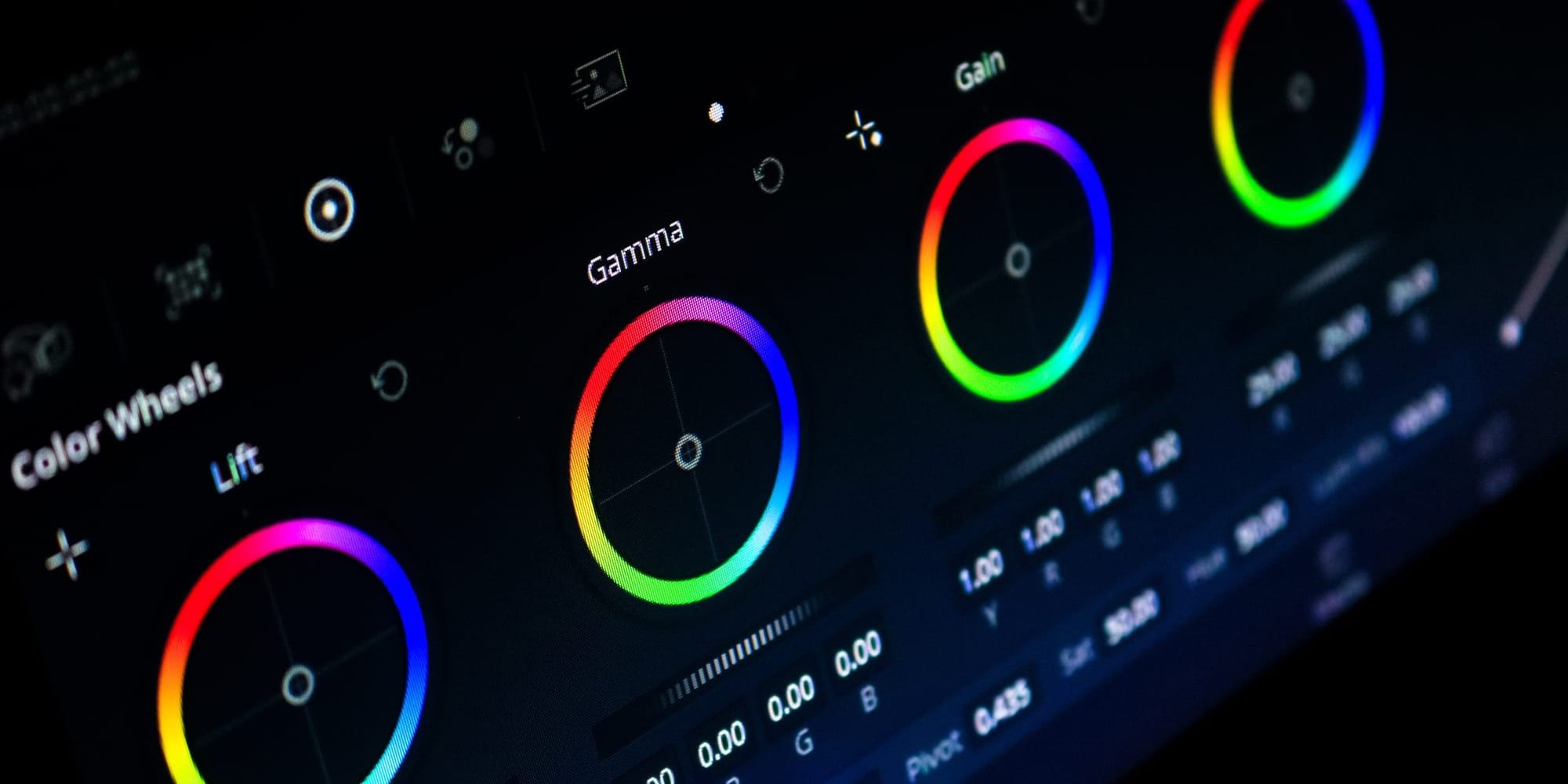
Technique 8: Montage
A montage is basically a mini-movie within your movie, using short, fast-paced cuts and music to tell a story or condense time.
Think of that training montage in Rocky where he's running up the steps, punching meat, and chugging eggs. It shows his dedication and progress in a short amount of screen time.
There are different types of montages—like time-lapses to show the changing seasons or emotional montages to build tension or reveal a character's backstory. The key is to use quick cuts and music to create a specific feeling or move the story forward.
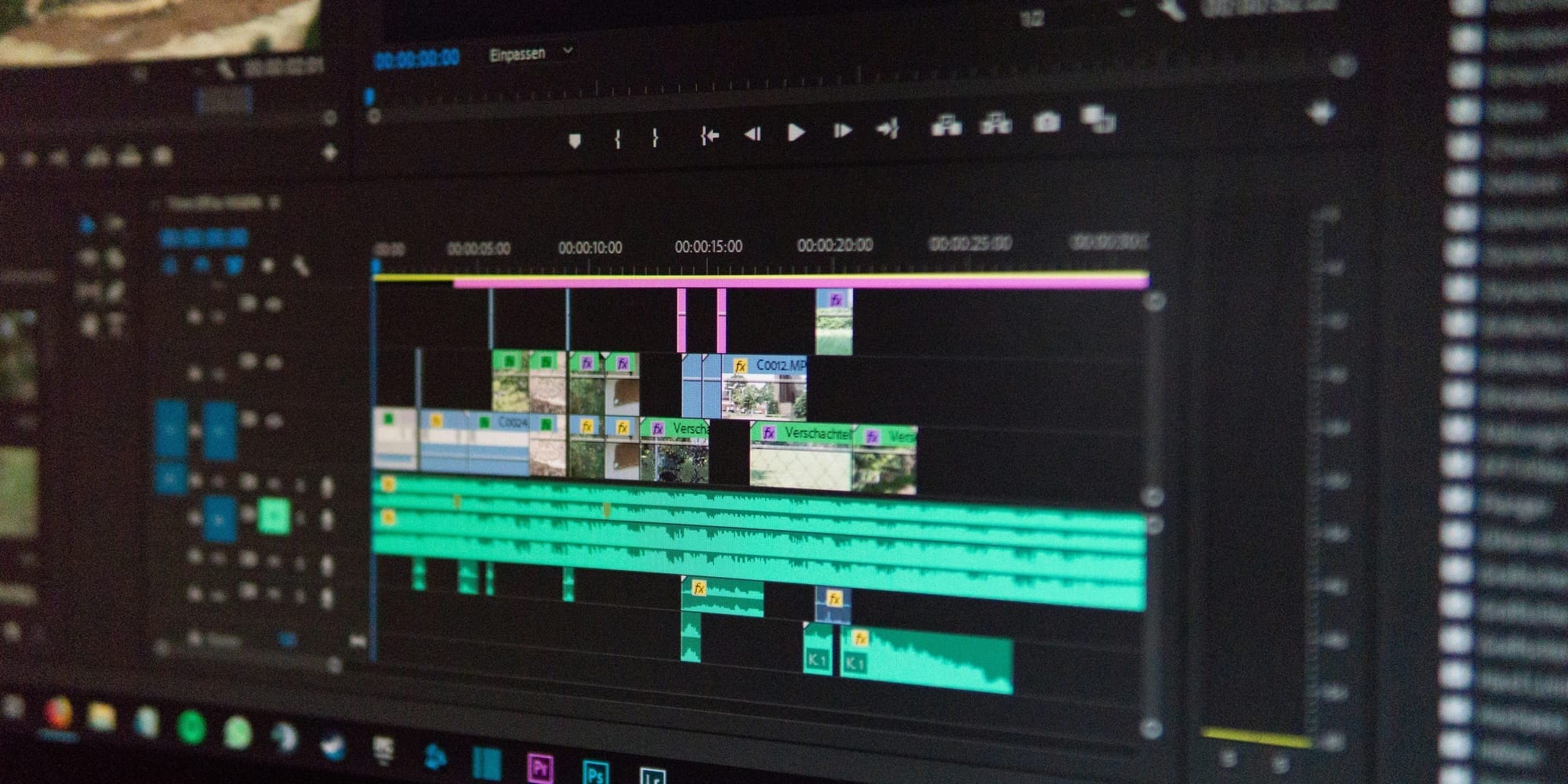
Now that you're equipped with these essential movie techniques, it's time to turn your vision into reality. With the power of crowdfunding on Kickstarter, you can raise the funds you need to bring your story to life and share it with the world.
Don't wait—Kickstarter is a hub for connecting with a passionate audience eager to support your creative endeavors.
Want to learn more? Read part 1 and 2 on How to Run a Kickstarter Film Project.
